THE THEATRE ORGAN
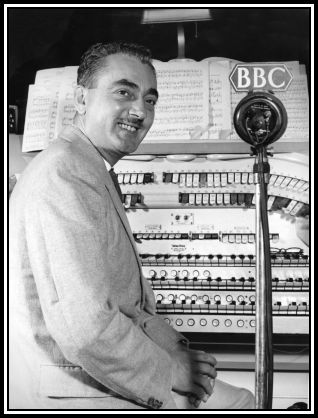 Reginald Dixon (1904-1985), Mr. Blackpool
Reginald Dixon (1904-1985), Mr. Blackpool
Click here to hear Reginald Dixon M.B.E. play his signature tune and other seaside tunes
—ooOoo—
PART TWO:
BUILDERS OF THE THEATRE ORGANS
THIS PAGE IS WRITTEN IN CONJUNCTION WITH
GLEN TWAMLEY (FRIENDS OF BEER WURLITZER)
AND
PAUL BLAND
-oOo-
PAGE FORTY-FOUR:
INTRODUCTION TO BLACKPOOL
-oOo-
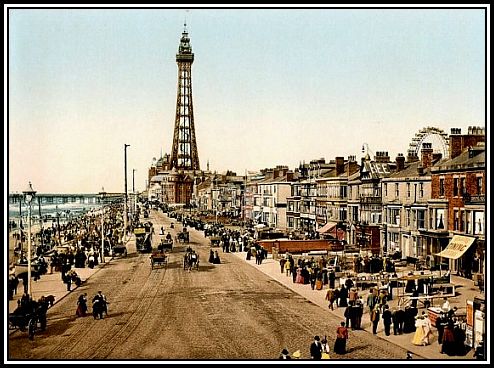
Blackpool first rose to prominence as a resort for visitors in the middle of the 18th century. At that time, sea bathing had become both popular and fashionable as a cure for diseases among the wealthier classes.
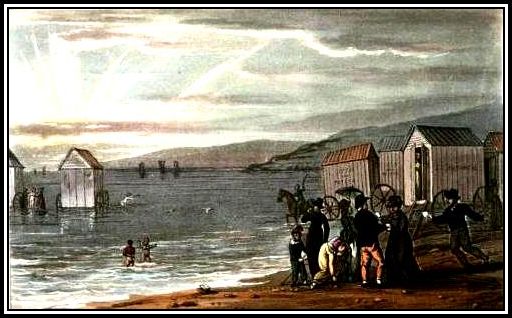
This habit continued throughout the 19th century, but it was the coming of the railway in the 1840s that cemented the town’s position as a major centre of tourism. The railway offered a cheap and easy way for the large population of the now-industrialised regions of Northern England to visit the resort and enjoy some time by the sea.
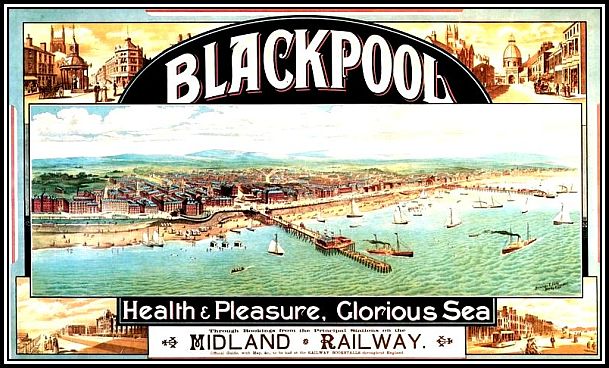
-oOo-
The number of visitors to Blackpool was also increased by the practice of the Cotton Mill owners of Lancashire of closing their factories for a week every year to service and repair the machinery. These became known as Wakes Weeks. Here, the mills of the northern towns would close for a different week, thereby allowing Blackpool to manage a steady and reliable stream of visitors over a prolonged period in the summer.
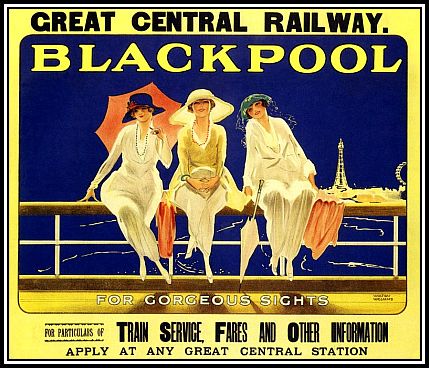
-oOo-
Much of Blackpool’s growth, character and popularity from the 1870s also evolved due to its pioneering use of electrical power. In 1879, Blackpool became the first municipality in the world to have electric street lighting. Large parts of the Promenade with its lighting and accompanying pageants helped reinforce Blackpool’s status as the North of England’s most prominent holiday resort and was the forerunner of the present-day Blackpool Illuminations.
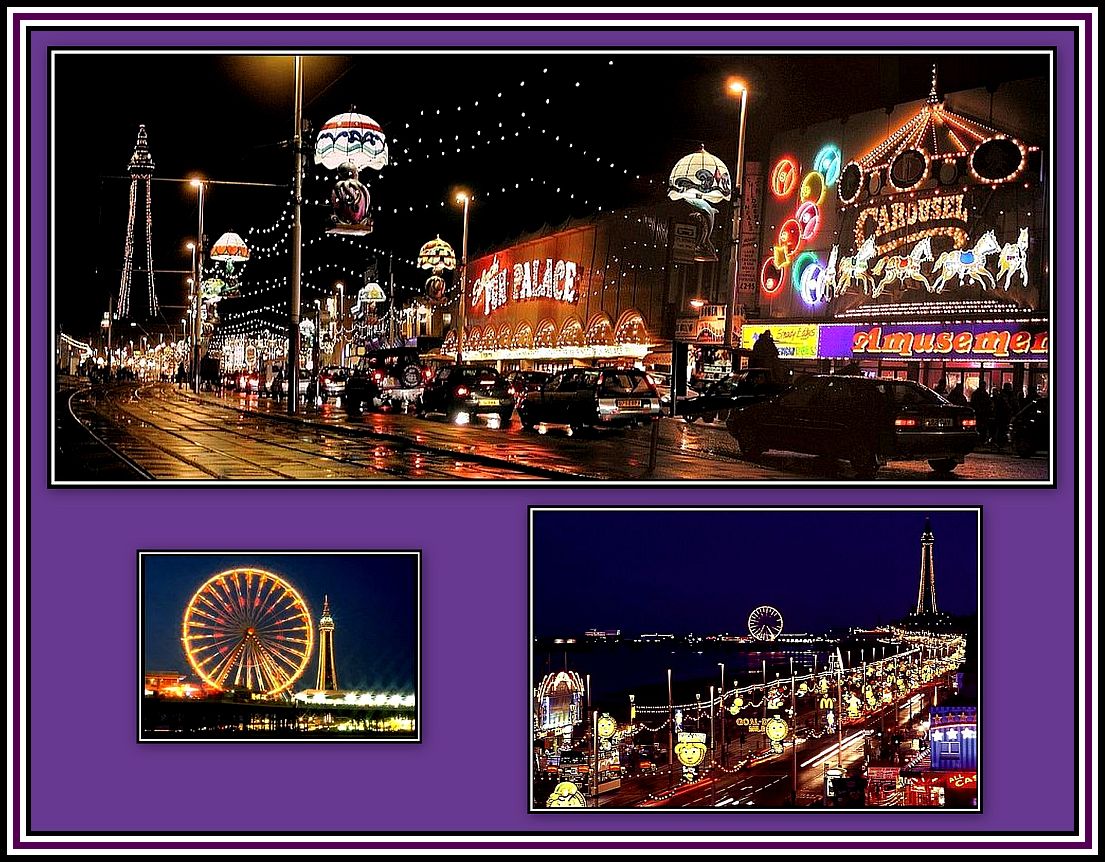
In addition, in 1885, one of the world’s first Electric Tramways was laid down as a Conduit line running along the Promenade.
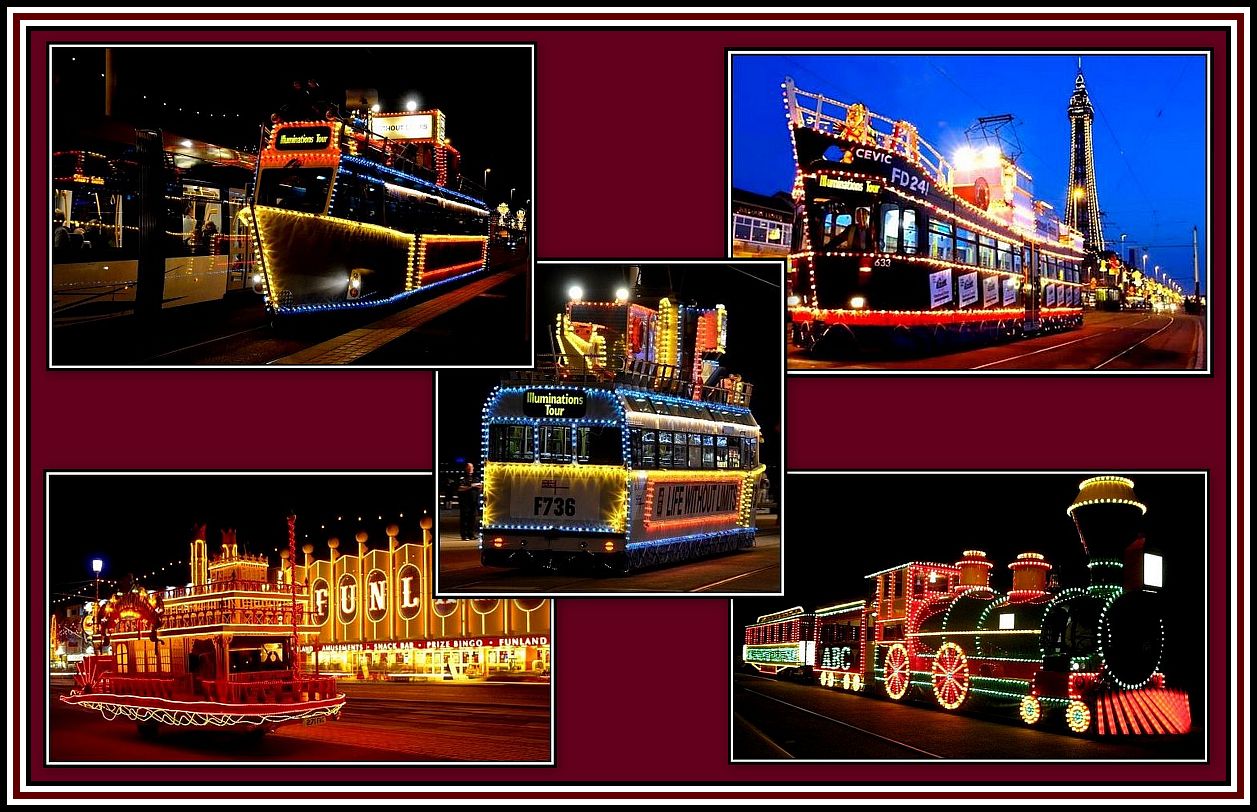
-oOo-
In 1881, Blackpool had become a booming seaside resort with a population of 14,000 and by 1951, this had reached 147,000. However, these numbers swelled each year with the increasing number of visitors that came to enjoy the delights of the town.
Between 1900 and 1950, Blackpool was Britain’s premier seaside resort and the numbers visiting the town reached their peak. Most of the visitors each year came from the highly populated towns and cities of the industrial north and also from Glasgow.
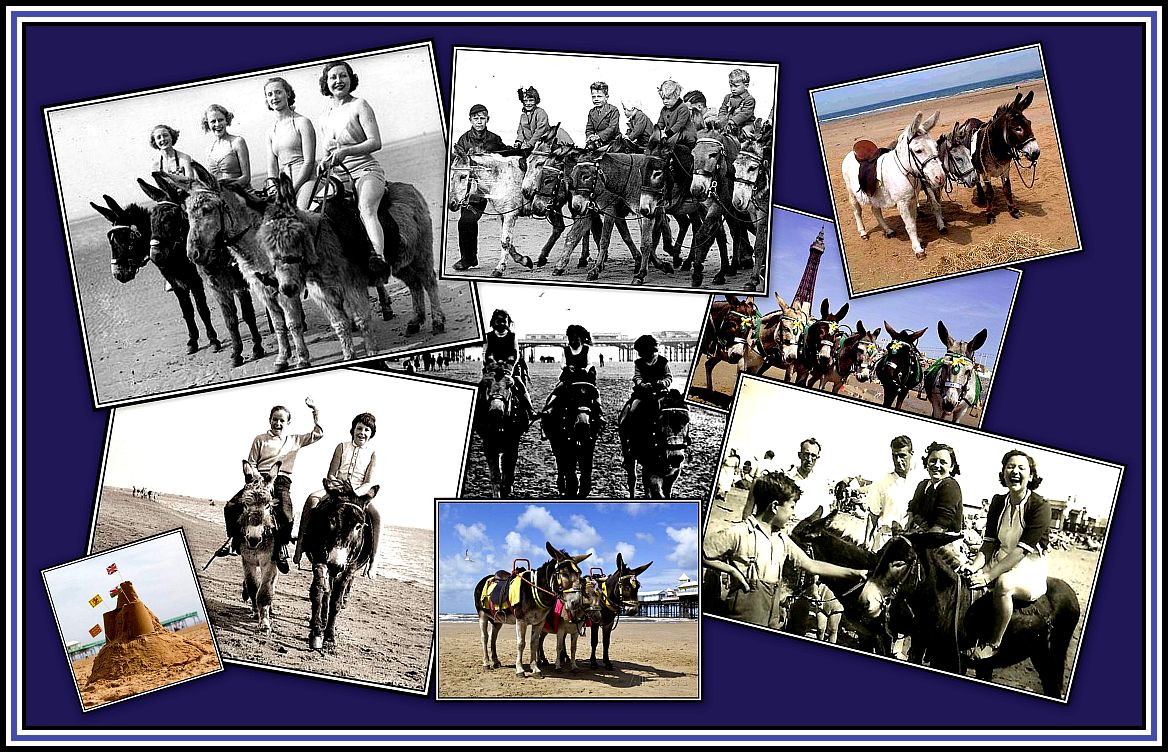
-oOo-
However, times were about to change. With the increase in wealth experienced by industrial workers during the 1960s, tastes began to change. Opportunities to travel overseas for their holidays where the weather was more predictable began to be on offer and this greatly affected Blackpool’s status as a leading resort in the late 20th century.
Nevertheless, today, Blackpool’s economy remains very much rooted in tourism with little diversity having been introduced. The things that were part of Blackpool’s heyday have been revamped over the years with the seafront and the illuminations still being able to attract millions of visitors every year. However, the visitors may no longer spend a week in the town, but rather, come to enjoy a day or two sampling the town’s delights.
-oOo-
Blackpool has always catered to the tastes of members of the British working class. This has resulted in the middle and upper classes shying away from the town.

-oOo-
In the summer of 1960, I went on my last holiday in the company of my parents. I had been allowed to remain at home for several years prior to this, but this time, I was eager to go, as they were going to Blackpool despite my now being somewhat sophisticated and hip having recently discovered The Beat.
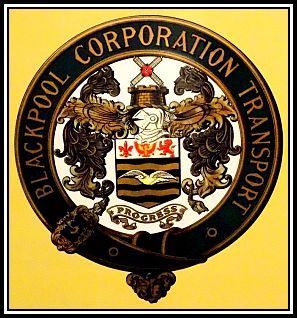
This photograph appears with permission of Mr. Paul Bland
I remember that we traveled overnight by train from London and arrived somewhat the worse for ware and in need of sleep. However, I could not wait to see some of the highlights of the place.
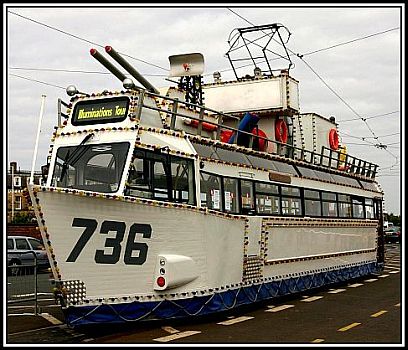 The Blackpool Tram, H.M.S. Blackpool, during the day
The Blackpool Tram, H.M.S. Blackpool, during the day
By 1960, the town was in some decline, but one could not help being impressed with the Tower, the Illuminated Trams, the Piers, of which there are three, North, Central and South, and the Promenade.
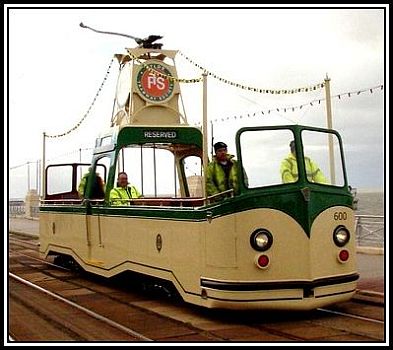 Another Blackpool Tram by day
Another Blackpool Tram by day
We went to many of the theatres and saw some of the top liners of the time, but the highlight of the trip took place one evening when a number of cast members of the television programme, Coronation Street, had been invited to turn on the lights. This was a remarkable sight to see. The street was dark with only the dim street lamps to allow one to see. And then suddenly, and with much fanfare and shouts, the illuminations were turned on and Blackpool became a magic land! Although the illuminations were very impressive, I think Elsie Tanner, Patrica Pat Phoenix (1923-1986) who looked wonderful wrapped in her mink stole, outshone them!
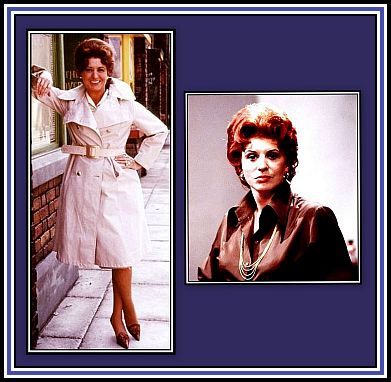 Elsie Tanner (Left) & Pat Phoenix (Right)
Elsie Tanner (Left) & Pat Phoenix (Right)
It was obvious that despite my young age, I was smitten, very smitten, with Elsie Tanner/Pat Phoenix ……. just like most of the men in the U.K. at that time!
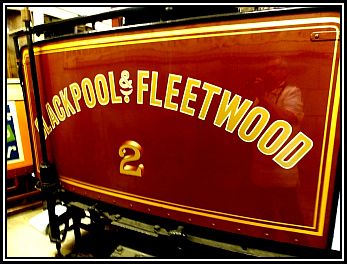
This photograph appears with the permission of Mr. Paul Bland
-oOo-
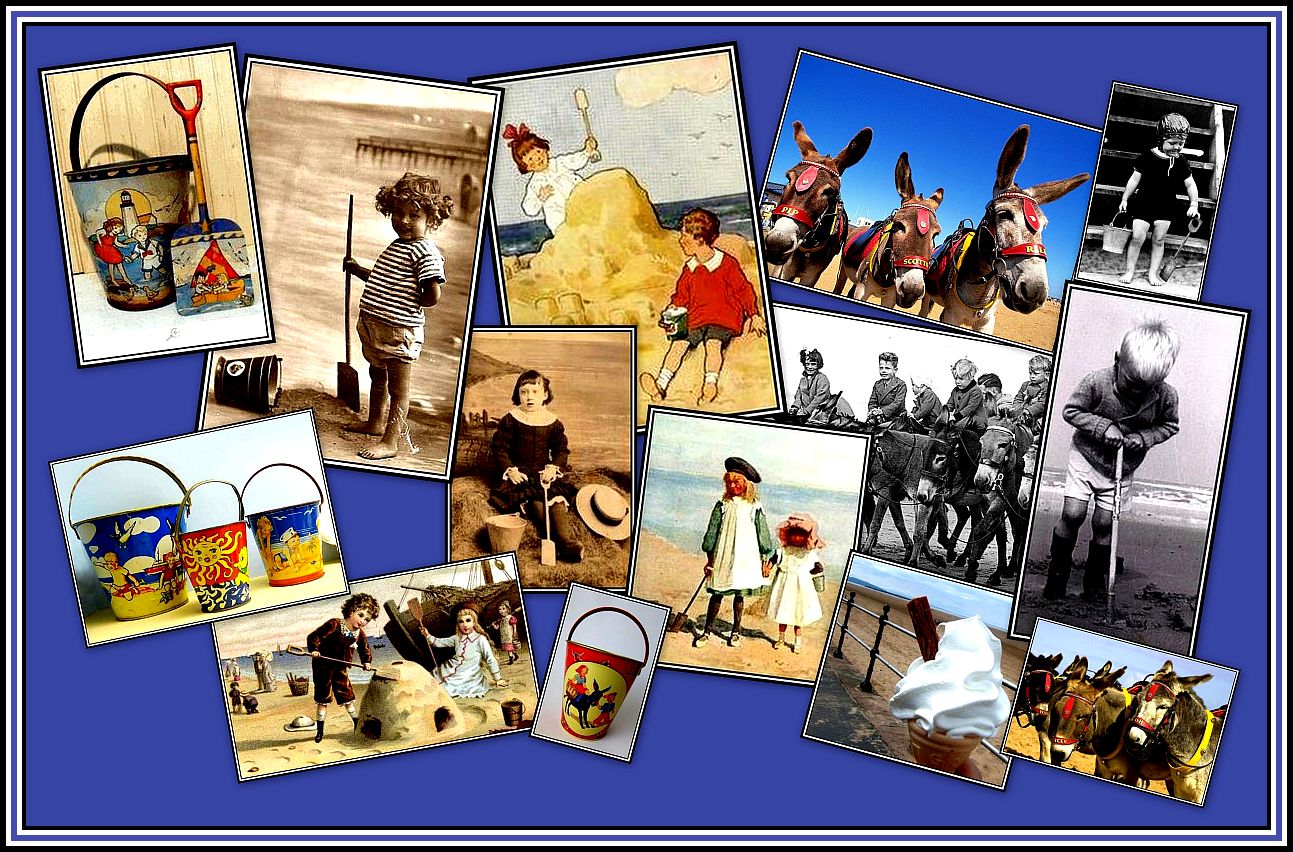
With so many visitors spending their annual holiday in Blackpool during its heyday, a number of theatres were built to offer entertainment to the holiday makers. In addition, a number of Theatre Organs were installed in these venues, and I am happy to say that today, some are still present in their original sites.
-oOo-
The Blackpool Wurlitzer Theatre Organs were installed at the Opera House, the Empress, Tower and the Palace Ballrooms. Other makes of Theatre Organs had been installed at the Odeon (Conacher Theatre Organ), Imperial and Jardin. Quite a collection of instruments for one town!
As a taste of some of these Theatre Organs ………
CLICK HERE
to hear, and hopefully enjoy five of them, by listening to and watching the video of the BBC Radio Production of Five Organists Live.
The Theatre Organs played in this video are The Wurlitzer Organs of
- the Tower Ballroom – played by Reginald Dixon;
- the Empress Ballroom – played by Horace Finch (1906-1980);
- the Palace Ballroom – played by Watson Holmes (1901-1970) who was the only Organist to play all four Blackpool Wurlitzer Organs with regularity; and
- the Opera House – played by Vincent Parker.
The fifth Theatre Organ was that of the Odeon Theatre Blackpool, which had been made by Conacher & Company, a British Organ Makers, and was played by Bobby Pagan.
Apparently approximately 18,000 people heard these Organs played simultaneously at the five venues.
——-oooOOOooo——-
——oooOOOooo——
——oooOOOooo——
Click here to return to the GLOSSARY
——oooOOOooo——
Click here to return to PART ONE: INTRODUCTION TO THE ORGAN
——oooOOOooo——
Click here to return to the PAGE TWO: THE THEATRE ORGAN HOME PAGE
——oooOOOooo——
Click here to return to the TABLE OF CONTENTS
——oooOOOooo——

Hi Charles,
Yes, like this very much. The photo-collages bring much of the atmosphere of Blackpool and show why it was (and still is) such a popular resort. I suppose, like all places, there is an unpleasant underbelly these days, at least according to some programmes I have seen on TV, but that should not detract from the fun and glitz and make us recall why, as Mr Dixon – Mr Blackpool himself, we should all ‘…like to be beside the seaside’!
Paul